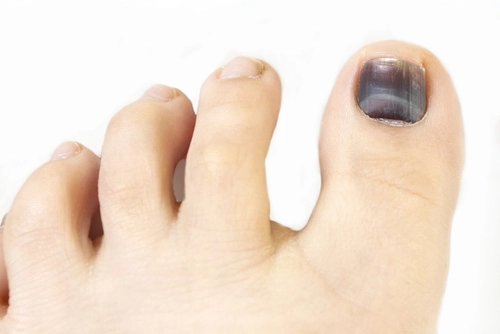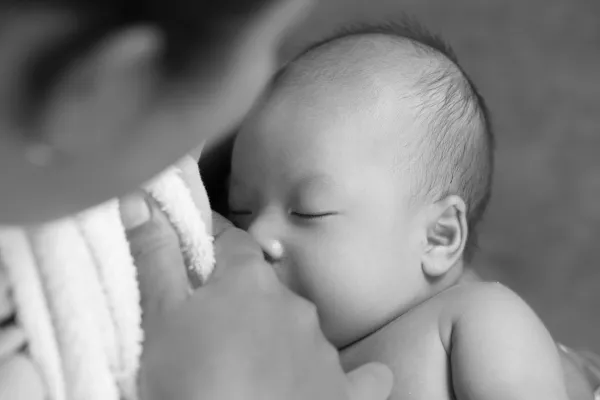ICD 10 Coding Alert
Reader Question:
Code for Specificity, Follow Payer's Billing Rules
Published on Fri Jan 04, 2019

You’ve reached your limit of free articles. Already a subscriber? Log in.
Not a subscriber? Subscribe today to continue reading this article. Plus, you’ll get:
- Simple explanations of current healthcare regulations and payer programs
- Real-world reporting scenarios solved by our expert coders
- Industry news, such as MAC and RAC activities, the OIG Work Plan, and CERT reports
- Instant access to every article ever published in Revenue Cycle Insider
- 6 annual AAPC-approved CEUs
- The latest updates for CPT®, ICD-10-CM, HCPCS Level II, NCCI edits, modifiers, compliance, technology, practice management, and more
Related Articles
Other Articles in this issue of
ICD 10 Coding Alert
- ICD-10 Updates:
Check Up On Updates On Infection, Sepsis
Neglect evolving guidelines at your own risk. This time of year offers coders a multi-month [...] - Training:
Dial In On External Cause Coding
Utilize external codes to provide more context. External cause codes V00- (Pedestrian conveyance accident) through [...] - Diagnosis Spotlight:
Understand Which Code Choices Apply to Migraines
Hint: Not all symptoms point to the same code. The detailed specificity of ICD-10 is [...] - You Be the Coder:
Try Utilizing Combo Dx Code for Influenza, Ear Infection
Question: A computed tomography (CT) scan is performed on a patient with a chronic middle [...] - Reader Question:
Code for Specificity, Follow Payer's Billing Rules
Question: I code for a surgery center and an associated physician clinic. Most of our [...] - Reader Question:
Look to Visit Timing to Clarify Seventh Character Confusion
Question: I am confused about the use of seventh characters when our provider removes sutures [...] - Reader Question:
Don't Get Stumped on Leukorrhea
Question: Is N89.8 the best ICD-10 code to report for leukorrhea? Codify Subscriber Answer: Yes, [...]
View All




